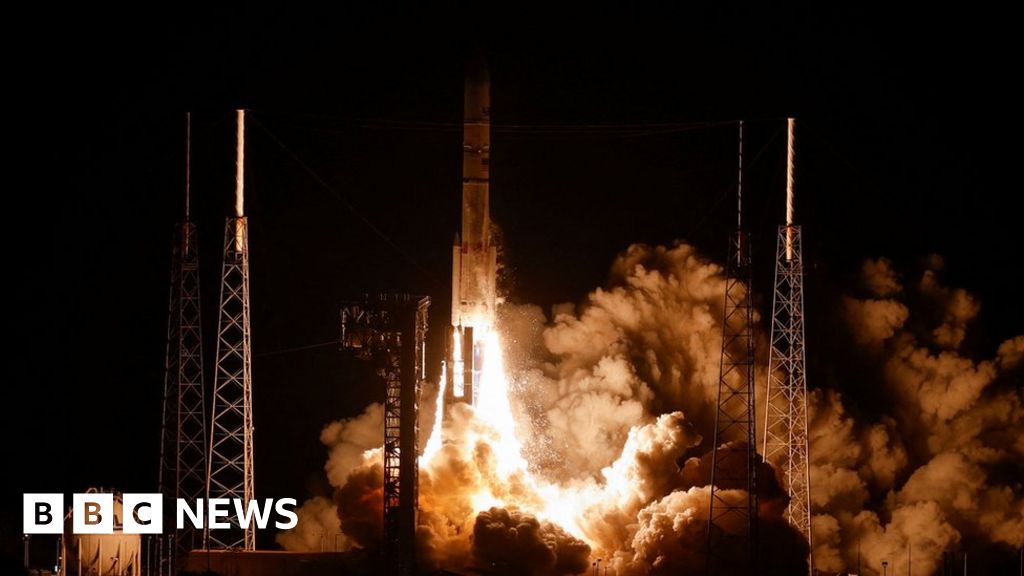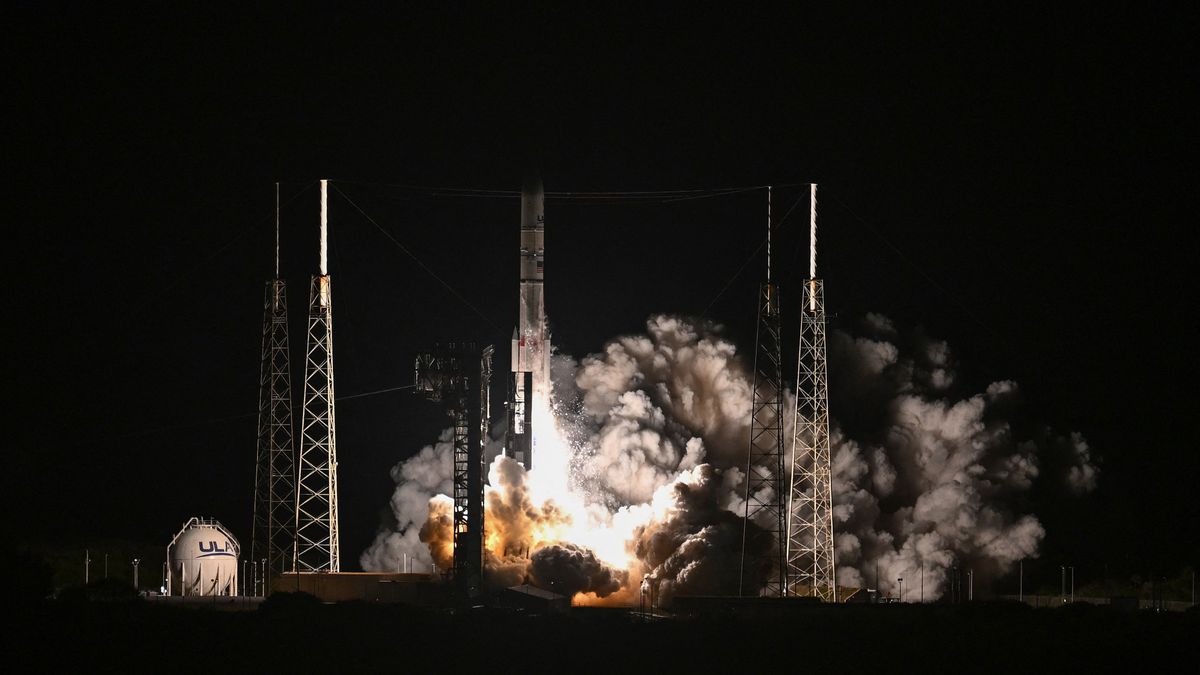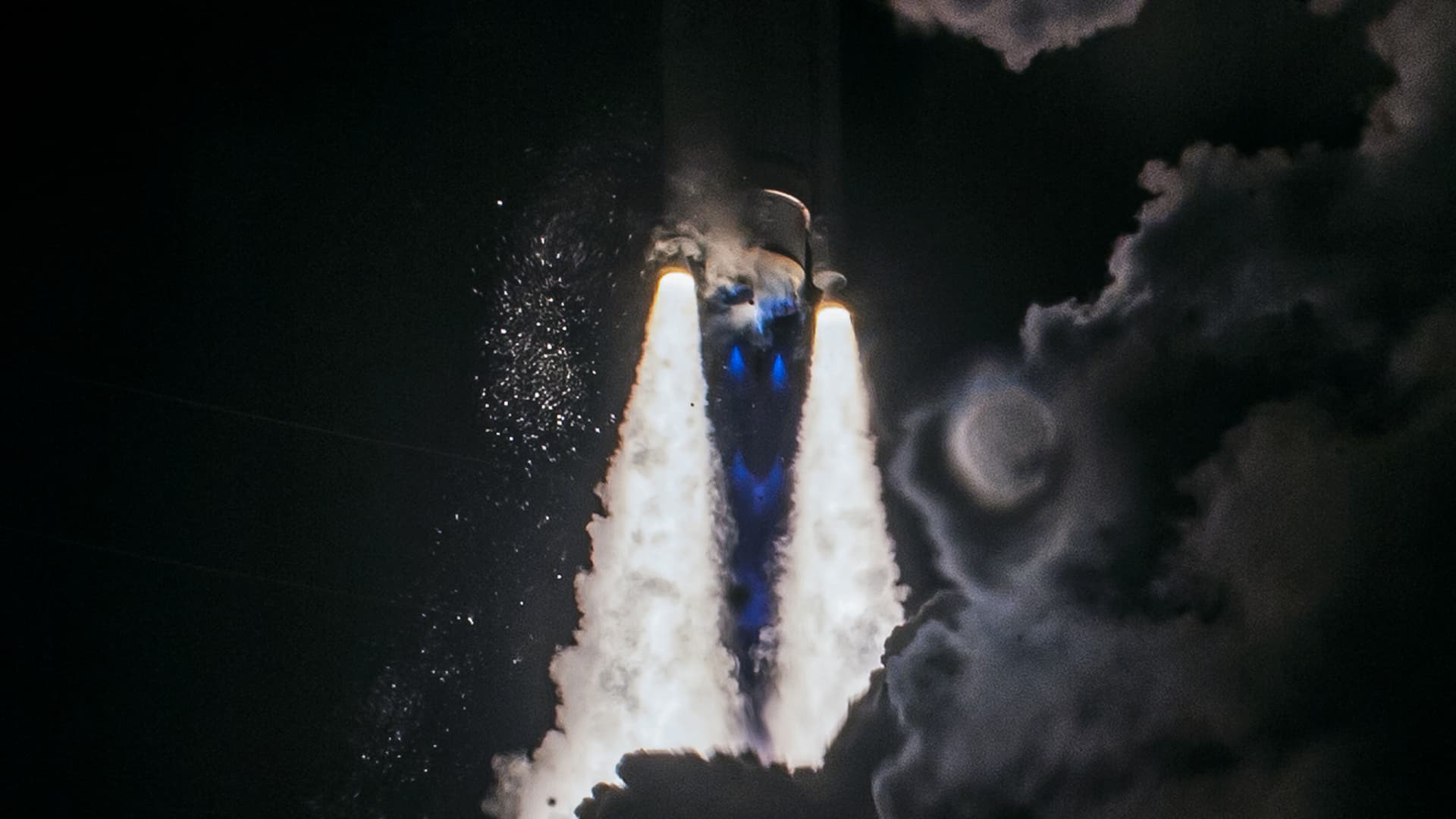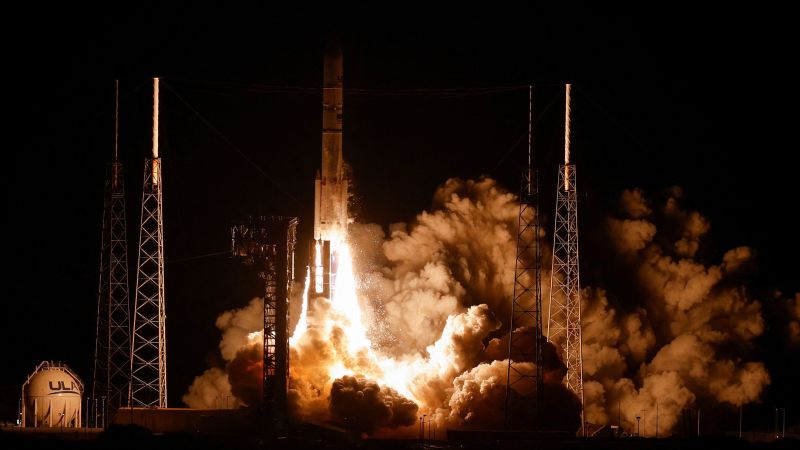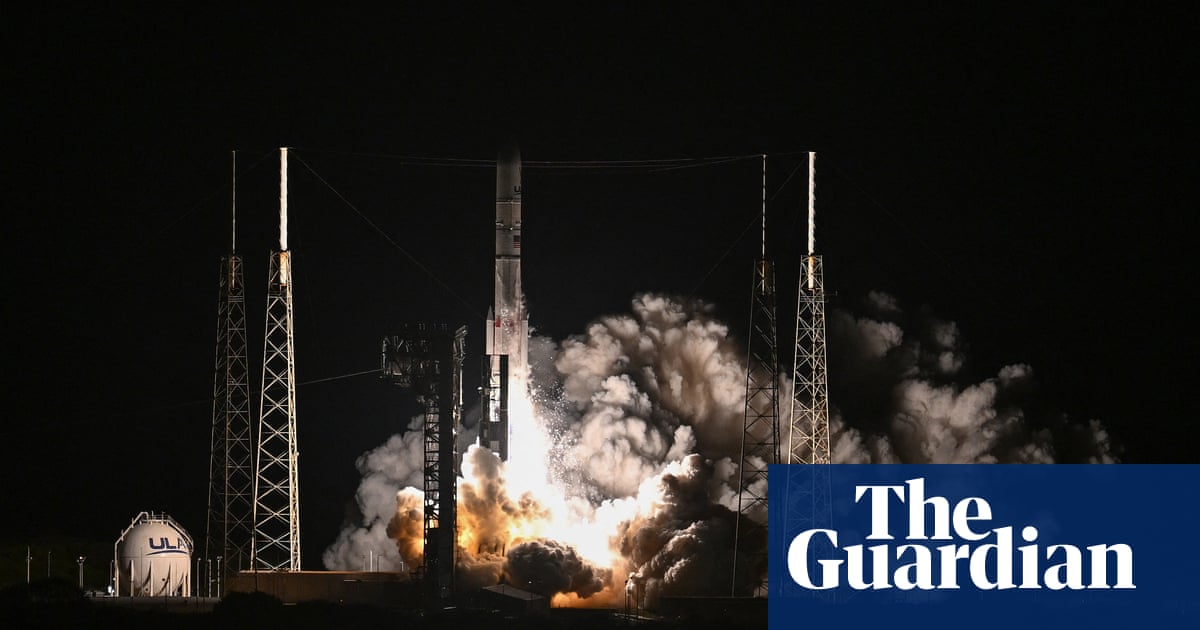United Launch Alliance’s (ULA) Vulcan Centaur rocket successfully launched the Peregrine 1 lunar lander on January 8, 2024, the first U.S. attempt to land on the moon in over 50 years.

Also Read: SpaceX’s Starlink Launches Cell Phone Service Satellites
This Peregrine 1 mission is a collaborative effort between ULA, a joint venture by Boeing and Lockheed Martin, and Astrobotic Technology, a Pittsburgh-based private firm contracted by NASA for this lunar endeavor.
The Vulcan Centaur, a state-of-the-art rocket developed by ULA, roared to life at 2:18 a.m. ET from Cape Canaveral Space Force Station in Florida.
The launch, streamed live on NASA TV, showcased the new rocket that is set to replace the aging Atlas V and Delta IV rockets.
Peregrine 1 Developed by Astrobotic Technology under a $108 million contract with NASA, the Peregrine 1 lunar lander is a robotic spacecraft designed to perform a controlled landing on the moon.
Named after the falcon, the fastest-flying bird in the world, Peregrine 1 is tasked with gathering data about the lunar surface in preparation for future human missions.
Its instruments, including the Peregrine Ion Mass Spectrometer (PITMS) developed by the Open University, will study the Moon’s surface environment, radiation levels, subsurface water ice, magnetic field, and the exosphere.
Peregrine 1 is part of NASA’s Commercial Lunar Payload Services program, an initiative at leveraging private companies to reduce costs and accelerate lunar exploration.
Astrobotic is the first of three U.S. companies contracted for lunar lander missions, followed by Intuitive Machines and Firefly.
Also Read: China Reveals Fujian the Next-Gen Aircraft Carrier
The success of these missions is crucial for NASA’s Artemis program, which aims to send astronauts back to the moon later in the decade.
Peregrine 1 is carrying NASA-sponsored scientific instruments but also payloads from a diverse range of customers.
Among the 20 payloads on board, five are NASA science instruments, including instruments to monitor radiation and analyze the lunar soil for water and hydroxyl molecules.
The Peregrine 1 mission also includes contributions from nations like Mexico and a robotics experiment from a UK-based private company.
Controversially, the lander is carrying human remains on behalf of commercial space burial companies Elysium Space and Celestis, opposition from the Navajo Nation.
The inclusion of human remains on the lunar lander has controversy, particularly with the Navajo Nation, the largest group of Native Americans in the United States.
The Navajo Nation opposes the landing of human remains on the moon, considering it an affront to Indigenous cultures that view the moon as sacred.
Celestis, one of the companies involved, offers to carry ashes to the moon for prices starting at more than $10,000, according to its website.
The launch of Peregrine 1 Vulcan Centaur rocket is a milestone for ULA, the culmination of nearly a decade of development.
ULA, formed in 2006 to maintain both Boeing’s Delta and Lockheed Martin’s Atlas rockets for U.S. military needs, faces the landscape of the launch industry, with SpaceX emerging as a force in terms of cost-effectiveness.
Also Read: North Korea to Launch 3 More Spy Satellites in 2024
Vulcan Centaur, with about 70 missions lined up, to replace Atlas and Delta rockets. The rocket’s debut was delayed due to various challenges, including waiting for Blue Origin’s new engines and an upper stage destruction incident during testing.
The Vulcan Centaur rocket stands at 202 feet tall and consists of two stages, with the first stage powered by two side boosters and two U.S.-made rocket engines developed by Blue Origin.
The use of these engines replaces the Russian-made engines that powered the Atlas rockets, a decision influenced by geopolitical tensions between the United States and Russia.
ULA’s reliance on Russian engines became politically unpopular over the years. Despite delays, ULA’s CEO, Tory Bruno, expressed confidence in Vulcan Centaur’s development, praising it as one of the more orderly and well-executed development programs.
Vulcan Centaur also carried another payload from the space burial company Celestis. The Enterprise Flight payload contains 265 capsules with human remains and DNA samples, including those of former U.S. presidents John F. Kennedy, George Washington, and Dwight Eisenhower.
The payload also honors individuals associated with the original Star Trek television series, as well as Apollo-era astronaut Philip Chapman, who died in 2021. The Enterprise Flight is destined for deep space, where it will orbit the sun for eternity.
With about 70 missions already lined up, Vulcan Centaur is expected to replace the Atlas and Delta rockets and compete with SpaceX’s Falcon 9 in the satellite launch market.
Also Read: U.S Military Launches X-37B Robot Space Plane for 7th Secretive Mission


